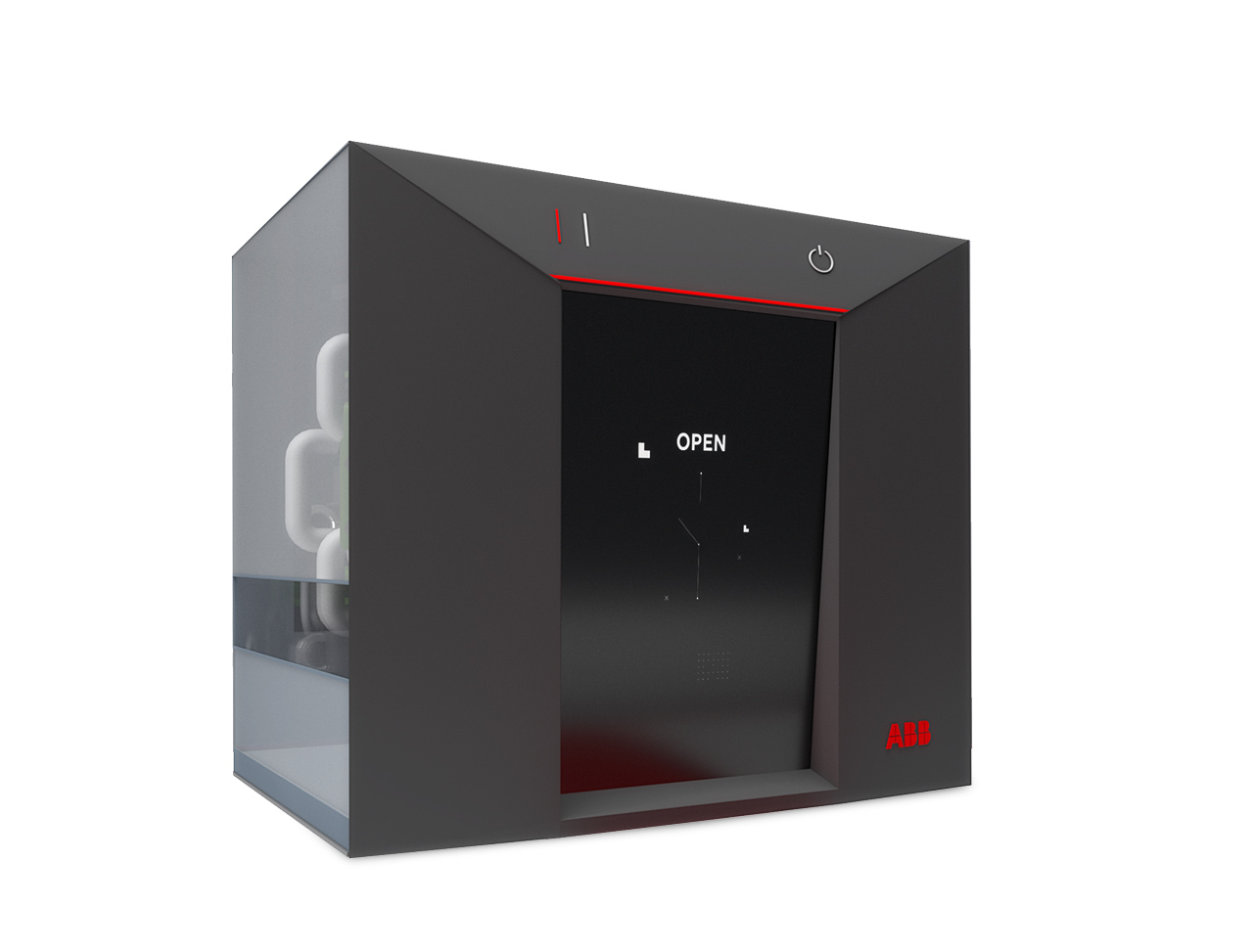
Short circuits in medium-voltage grids are not just threatening, they also bring more than economic and productivity losses. The significant sag in the voltage, no matter how shortlived, disrupt sensitive loads like computers in homes and workplaces. Zurich-based industrial technology leader, ABB (Asea Brown Boveri Ltd.), aims to completely eliminate the slightest power interruptions with its revolutionary solid-state circuit breaker concept.
What is ABB’s Solid-State Circuit Breaker?
ABB’s low-voltage circuit breaker concept was developed in its R&D center in Italy. The newly developed breaker uses insulated gate-commutated transistor (IGCT), a semiconductor technology patented by the company. The device also integrates predictive power management software, high connectivity, and security algorithms.
Given this new technology’s capacity to strengthen the weakest link in modernized electrical infrastructure, the solid-state circuit breaker is expected to break the technical impasse in upgrading the traditional grid to something more efficient and sustainable.
Why Is This A Big Deal?
This may be the impetus the electrical industry needs to successfully integrate alternative energy sources into mainstream usage. In electrical transport, this type of circuit-breaker could significantly reduce power fluctuations and keep systems running. It would be possible to even disconnect faulty zones without disturbing the rest of the system.
The same benefit applies to battery-storage solutions for utilities. In case of any fault, fuses and other components will be protected, preventing total system shutdown. Stabilizing battery storage systems, after all, is a big challenge to using renewable energy like wind and solar for the grid.
This small tweak will surely up transportation and on-demand storage efficiency. The existing electrical grid will also get a much-needed revamp to meet the increasing energy demand. This could be a real breakthrough for the industry, much like how the upgrade from vacuum tubes to transistors practically gave birth to the digital era.
How Does ABB’s SSCB Work?
The solid-state circuit breaker uses advanced algorithms, software, and power electronics instead of the electromechanical parts of a conventional circuit breaker. Electronic control and digital processes effectively mitigate current fluctuations 100 times faster than was ever possible using older breakers.
With its current capacity to prevent shorts, this circuit breaker can decrease energy-related losses by up to USD 100,000 for each industrial structure. Breaker capacities and structure, though, depend on the architecture of the 0electricity storage system and whether the purpose is the industrial or residential market.
Regardless of the market served, this new technology could bring energy costs even lower. Regular circuit breakers require regular services and cannot last more than 10,000 operations. ABB’s Solid-state breakers, in contrast, will last longer and require fewer man-hours for maintenance.
This Could Be The Industry’s New Mother of Breakthroughs
SSCB will deliver exactly the level of performance utilities need to sustain the demands of next-generation grids. More than the providers, consumers will enjoy the biggest benefits from the adoption of this innovation. The breaker protects not just equipment but users and maintenance personnel from accidents due to faults and arc flashes or blasts.
It is slightly unfortunate that the market will have to wait until 2020 to see ABB’s solid-state circuit breaker launched. Until then, it is prudent for all stakeholders to make whatever adjustments available with existing sustainability strategies while also preparing their processes and policies for this change that will soon revolutionize the electrical industry.

